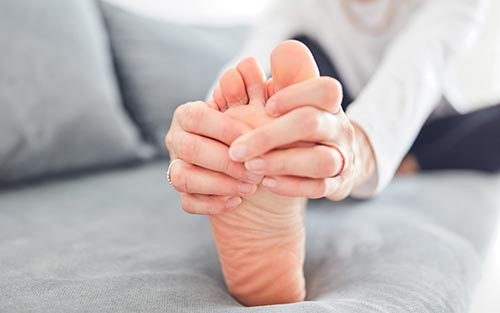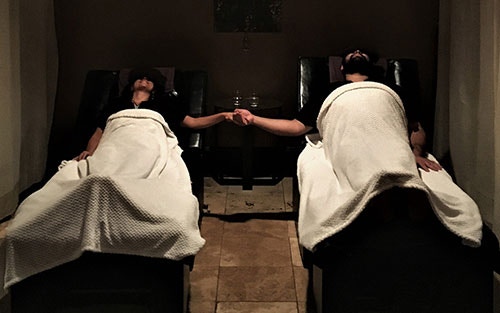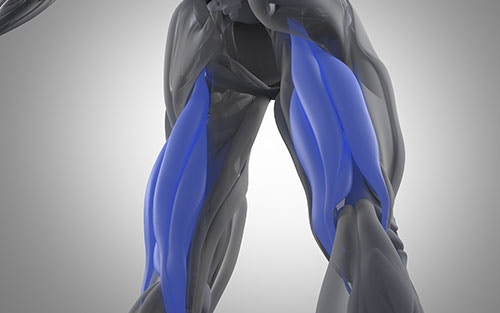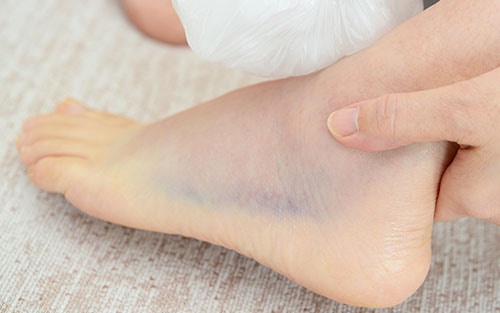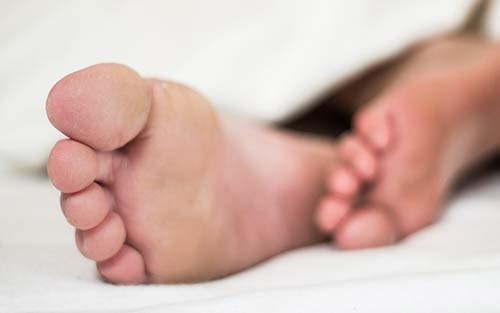Sharp Stinging Pain in Toes – Relief, Causes and Symptoms
Prevent sharp pain in your toes from cripplig you, or interfering with your mobility and wellbeing. Knowing what’s behind the pain in your toes and how to treat it will help you get back to your normal activities. yourfootpalace.com gathered information on what causes sharp stinging pain in your toes, how to alleviate the pain, … Read More
